The second-gen Q3 is more grown up and comes with a much better cabin.
Small is beautiful. It’s manoeuverable too. Especially in Central London where you have to tackle narrow lanes and navigate through a labyrinth of road works and diversions with one eye on Google Maps and the other on the road. It certainly did help that the Audi Q3 I’m piloting is nice and compact, has a high seating position and good all-round visibility. As an urban luxury SUV, the Q3 is just the right size if you are mainly going to be behind the wheel, which is why it was pretty popular in India until Audi discontinued it in early 2020.
And now, after a long gap of two and a bit years, Audi has finally brought back the Q3 to India, with prices ranging from Rs 44.89 lakh for the entry-level Premium Plus trim, and Rs 50.39 lakh for the higher-spec Technology trim. The second-generation Q3, built on the MQB platform, was launched internationally in 2019 and hence hasn’t come a day too soon to an Indian showroom. Why then has it taken Audi so long to bring a car that’s seen through almost half its life cycle? Blame it on COVID-19, a semiconductor shortage, delays in the global rollout, or the fact that Audi India has spent the last few years systematically streamlining its model line-up that has put the Q3, well, the last in the queue.
The Q3 completes the Q line-up in India and bookends the portfolio at the affordable end. The Q2 has long been discontinued and so, in effect, the Q3 is the entry point to Audi’s SUV range in India. In fact, it’s the cheapest Audi you can buy.
New Audi Q3: exterior
The new Q3 sports a more aggressive design compared to its predecessor.
The new Q3 looks significantly different from the previous Q3, both inside and out, and it’s a touch bigger too. So, let’s start with the size. The new Q3 is almost 10cm longer than the previous model and while that may not seem a lot, most of that length has gone into elongating the cabin to free up more space for the passengers.
Boot space has gone up significantly to 530 litres – 70 litres more than before, so that’s one extra bag you can squeeze in. You can slide the 60:40 split rear seat forward to release even more boot space, but that only makes sense if there’s no one in the back seat.
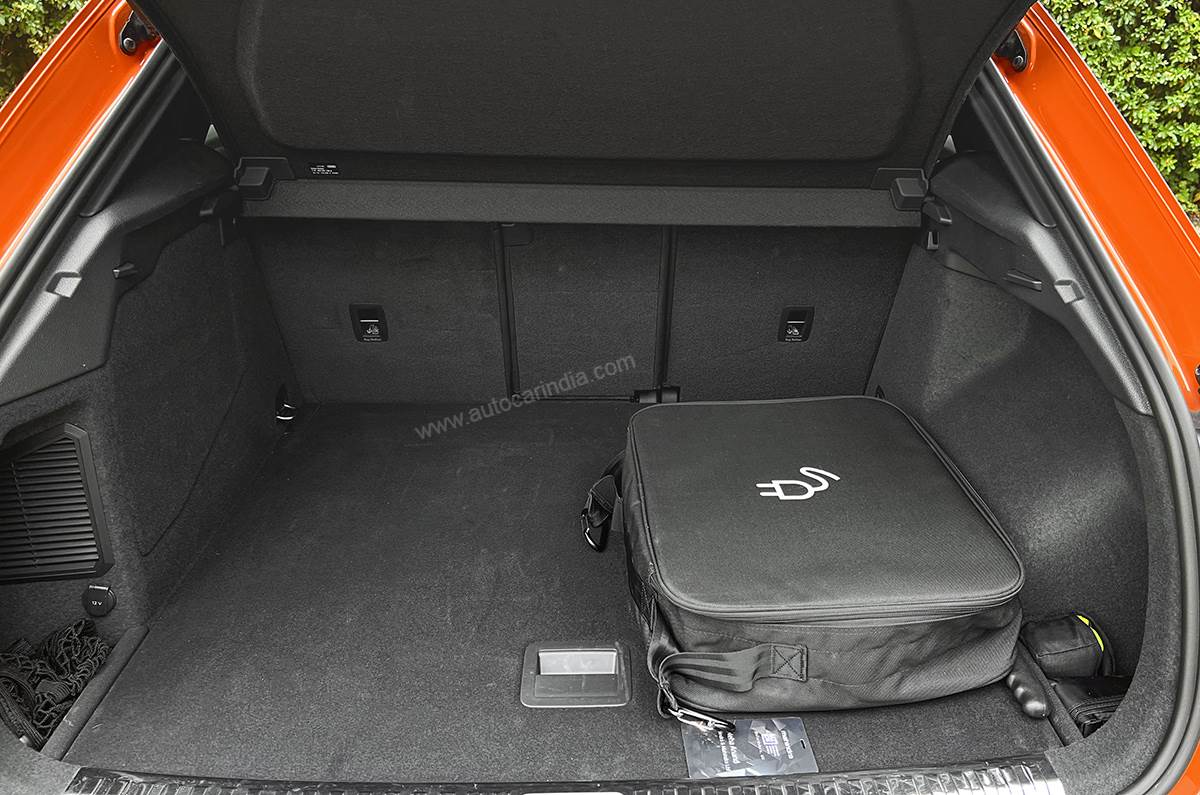
The design is more aggressive than before and draws a lot of styling cues from the bigger SUVs in the Audi range. The headlights, for example, are inspired by the flagship Q8 and unlike the simple rectangular shape of the previous Q, the new model’s LED lights are sharply cut and look more complex.
Audi’s trademark hexagonal grille is now a wider, single-frame and flanked by large and angular ‘air intakes’ (they are mostly blank), which gives the Q3 much needed road presence and the stance of a bigger SUV.
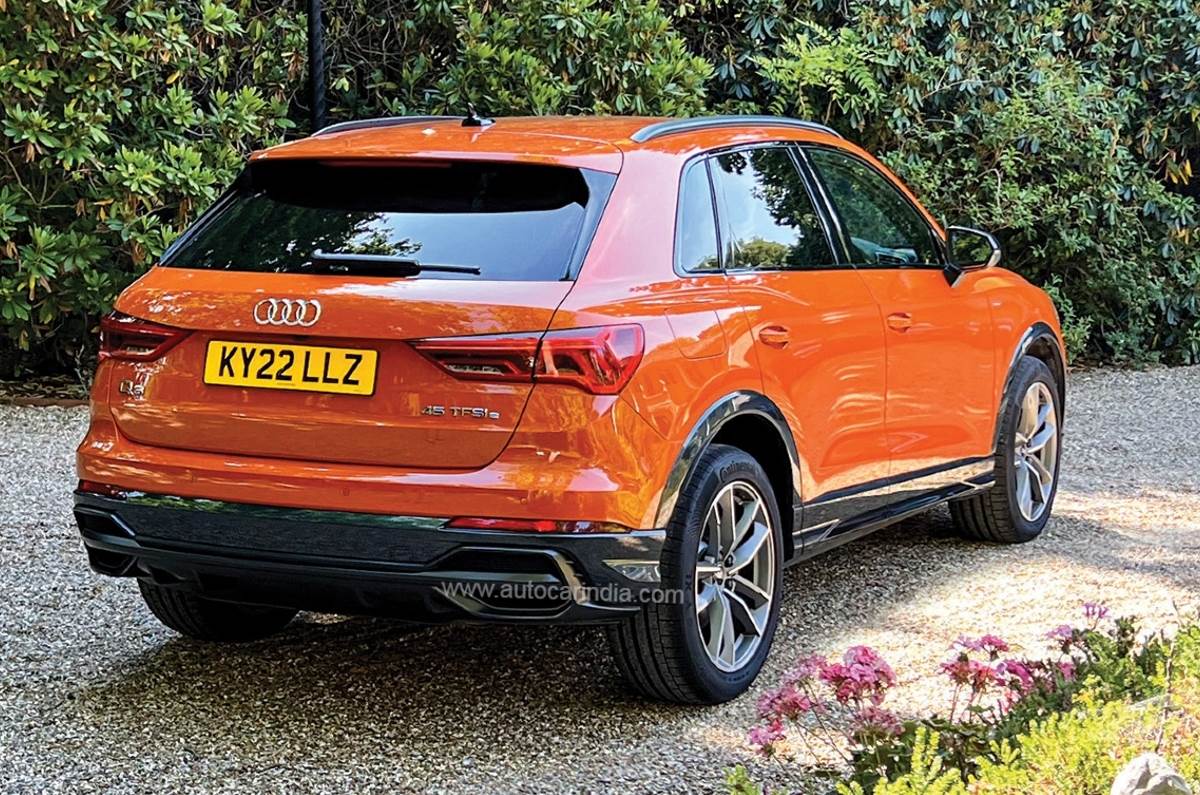
Audi has jazzed up the flanks of the new Q3 as well. The earlier car had a simple crease running across the sides, but the new car gets a more pronounced shoulder and a muscular rear fender, which, along with 18-inch alloys, gives the Q3 a solid, planted stance. The slim tail-lights accentuate the width of the car and come with dynamic indicators that are standard across the range.
New Audi Q3: interior, features
The cabin, too, is a vast improvement over the last Q3 and more in line with Audi’s current models. It’s all screens now with a 10.25-inch ‘virtual cockpit’ or configurable digital instrument cluster and a 10.1-inch screen for the infotainment system. Since Audi’s shift to a full touchscreen cabin for all its cars, the MMI, or selector wheel which lets you physically select functions, is replaced with a touchpad and that’s a pity.
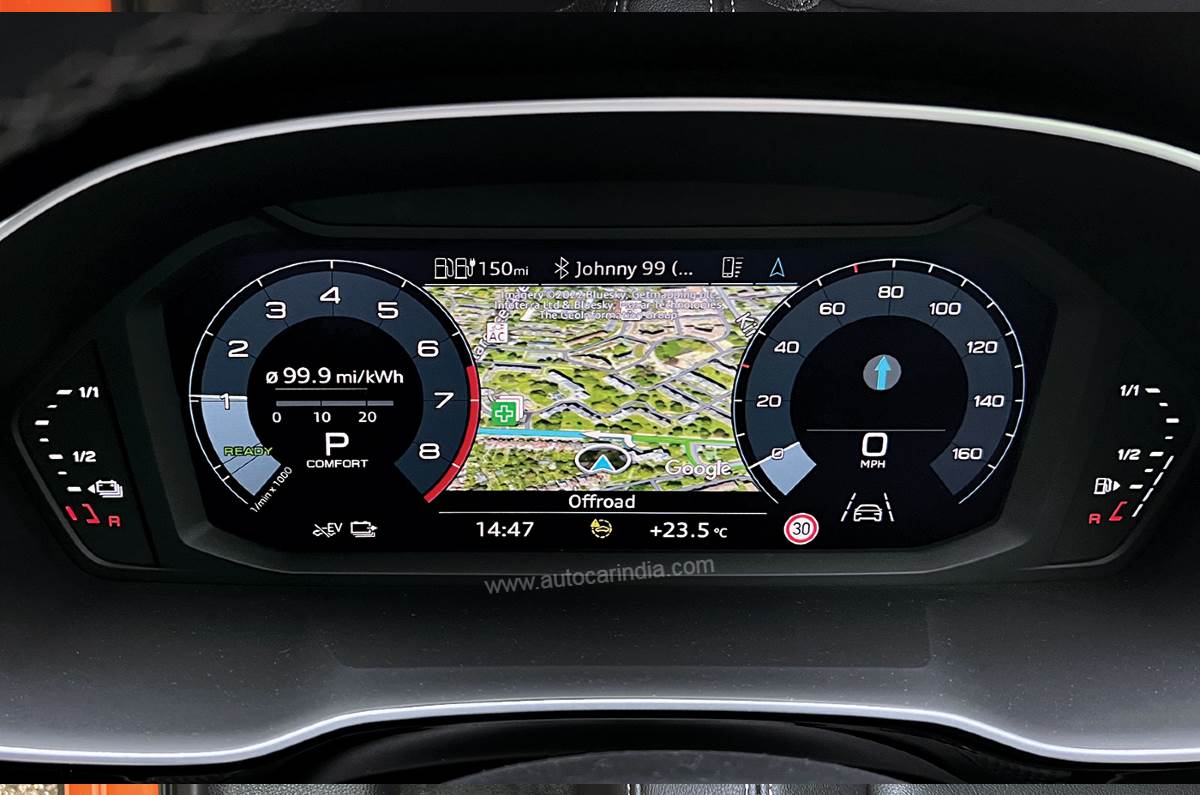
It was a very well-developed interface that allowed you to toggle through functions without taking your eye off the road. The good thing is that the physical buttons for the aircon controls have been retained and haven’t been buried in the touchscreen which is the trend these days.
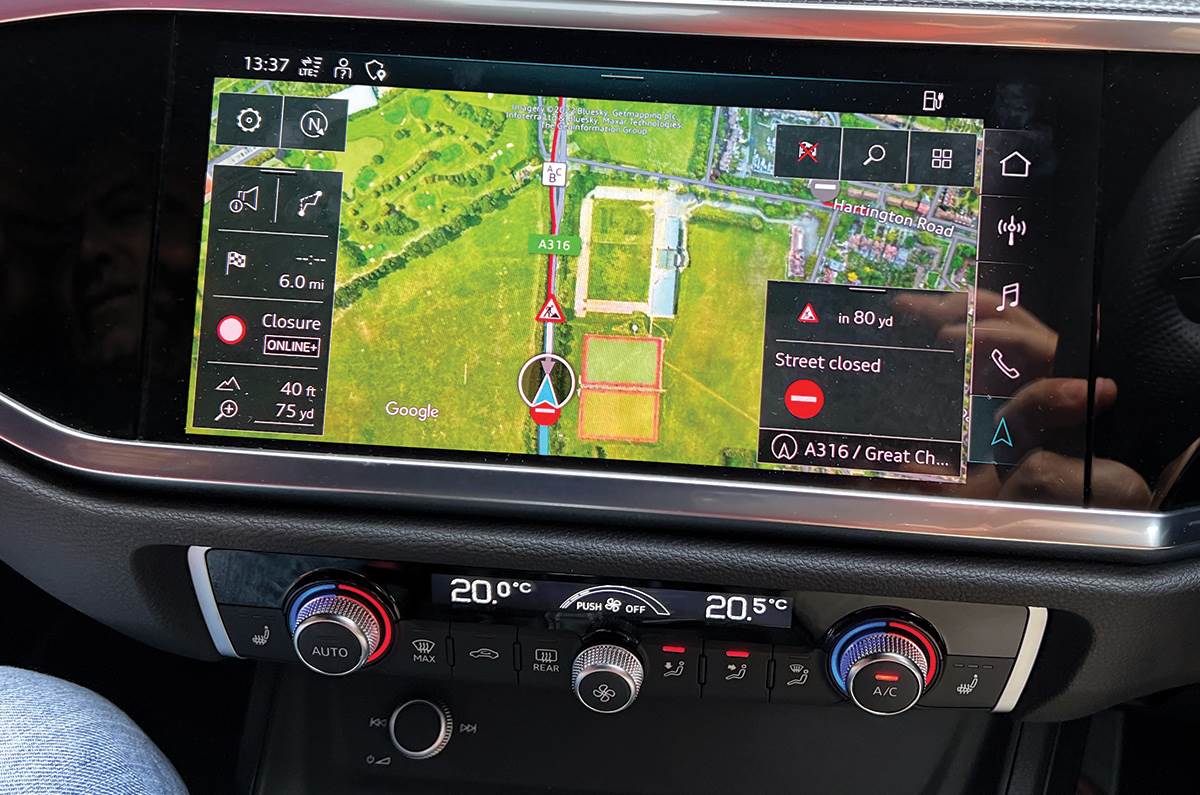
For its compact dimensions, the Q3 is surprisingly spacious on the inside and can accommodate four adults fairly easily. You sit nice and upright and despite a lack of width in the snug cabin, you don’t feel cramped or hemmed in. The cabin is well crafted and up there with the bigger Audis and the good thing is you’re not shortchanged on quality standards just because you’re paying less for a smaller car.
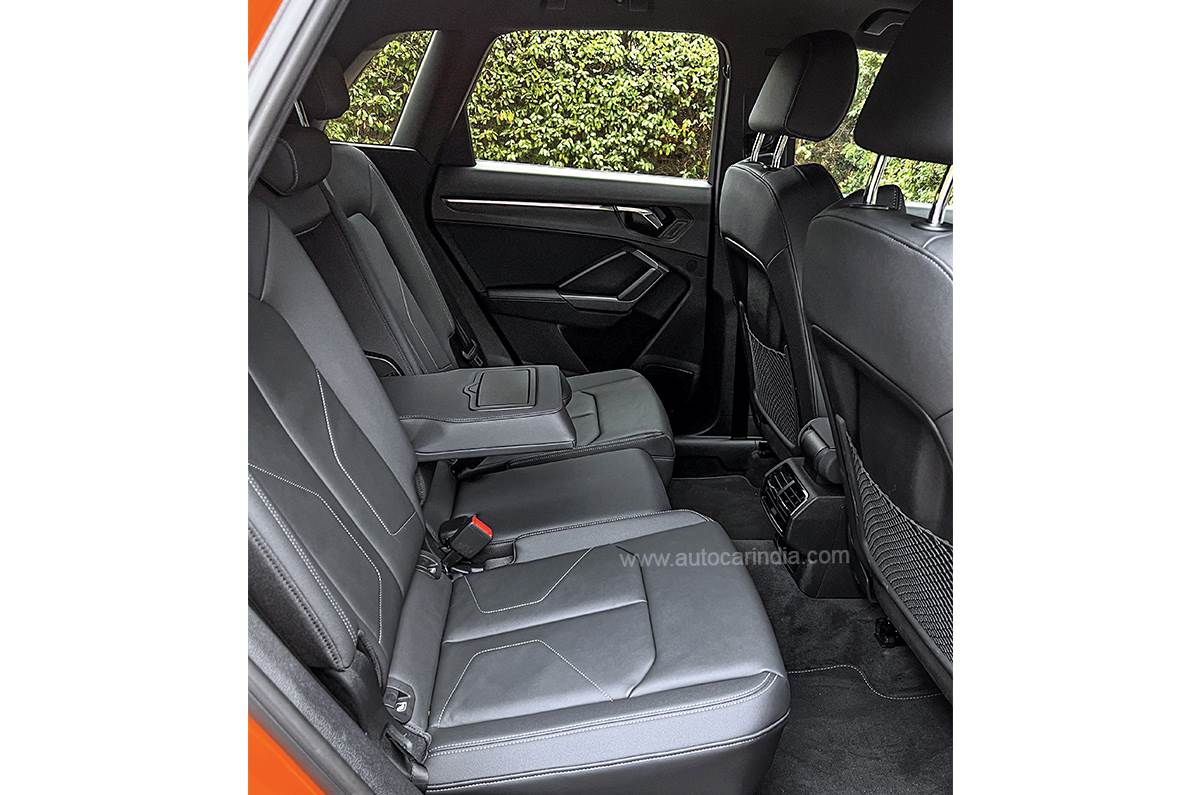
There’s no shortage of storage space inside the cabin. You get large door bins, a large cubbyhole in the centre console and a wireless charging pad to take the biggest smartphone. And if you’re sitting at the back, you can conveniently store your phone, or some small knickknacks in one of the cleverly designed slots on either side of the rear seat.
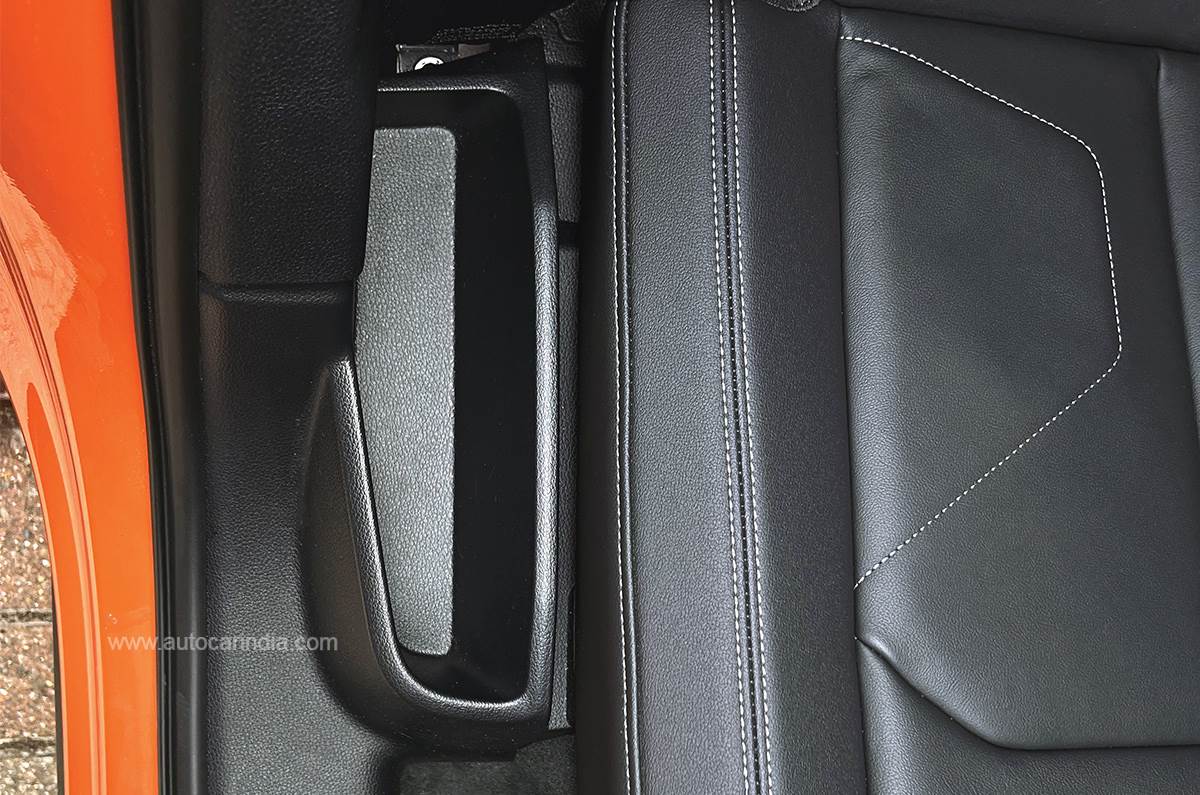
New Audi Q3: performance
The new Q3 handles like a typical Audi. The steering is light and easy, the ride is superbly cushioned and it happily flows in the thick of traffic, be it in the city or on the motorway in a happily benign way without exciting or engaging the driver. The ride was particularly good on UK roads and though that’s not the environment to draw any conclusions on ride comfort, going by our experience with the latest crop of Audi SUVs, we can safely say that the Q3 could possibly be the smoothest riding SUV in its class.
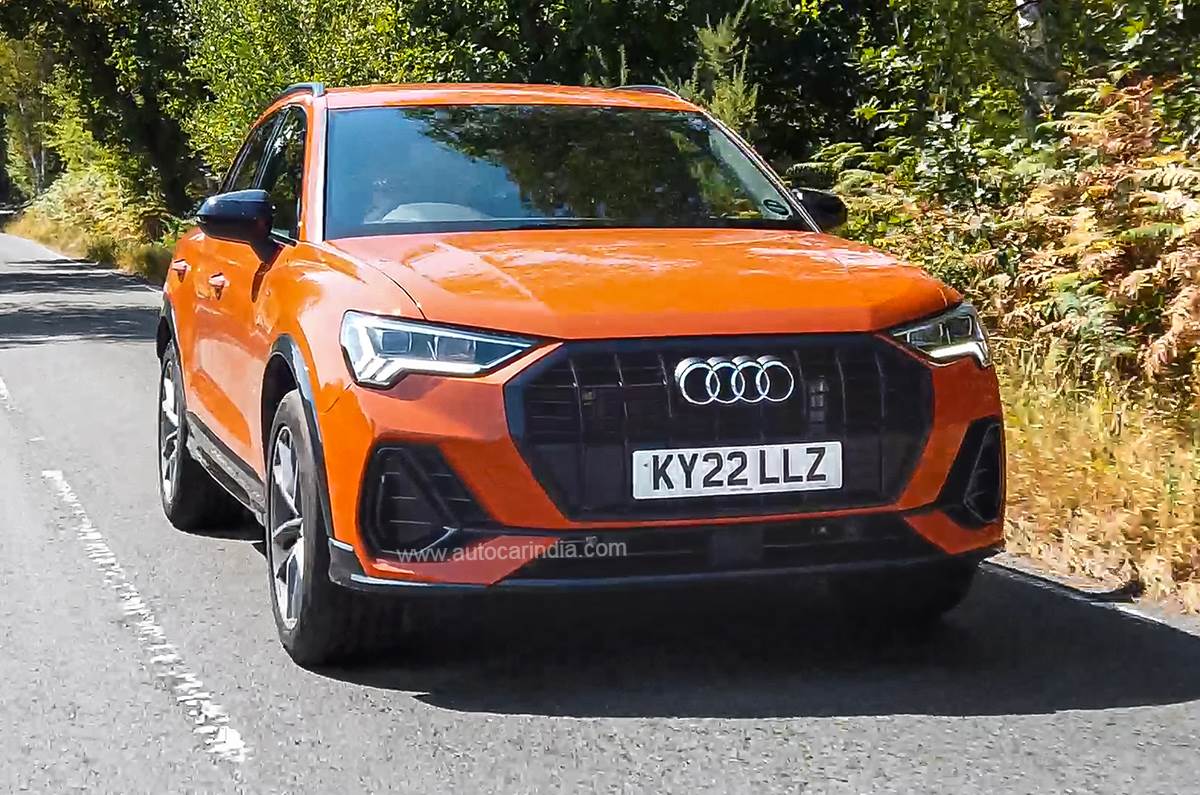
It was also impossible to judge the Q3’s engine and performance because the test car we drove in London was a plug-in hybrid, powered by a 1.4 litre petrol mill paired with an electric motor. If anything, driving in full electric mode around London only served to reaffirm my faith in hybrid technology as a good bridge to full electric. The Indian government doesn’t have the same faith, and so hybrids have no subsidies and are taxed as heavily as regular ICE cars, which is why Audi sees no benefit in bringing hybrids to India.
What the Indian Q3 will get instead is the tried-and-tested 190hp, 2-litre TFSI engine, which is the staple petrol motor of the Audi range. Factor in a favourable power-to-weight ratio (the Q3 weighs just 1,700kg) and the Q3 could be one of the quickest SUVs in its class too. The discontinued Q2 had the same motor and was absolutely brilliant to drive and the new Q3 could take on the mantle of the most fun to drive compact luxury SUV. We just can’t wait to drive it.
Also see:
























